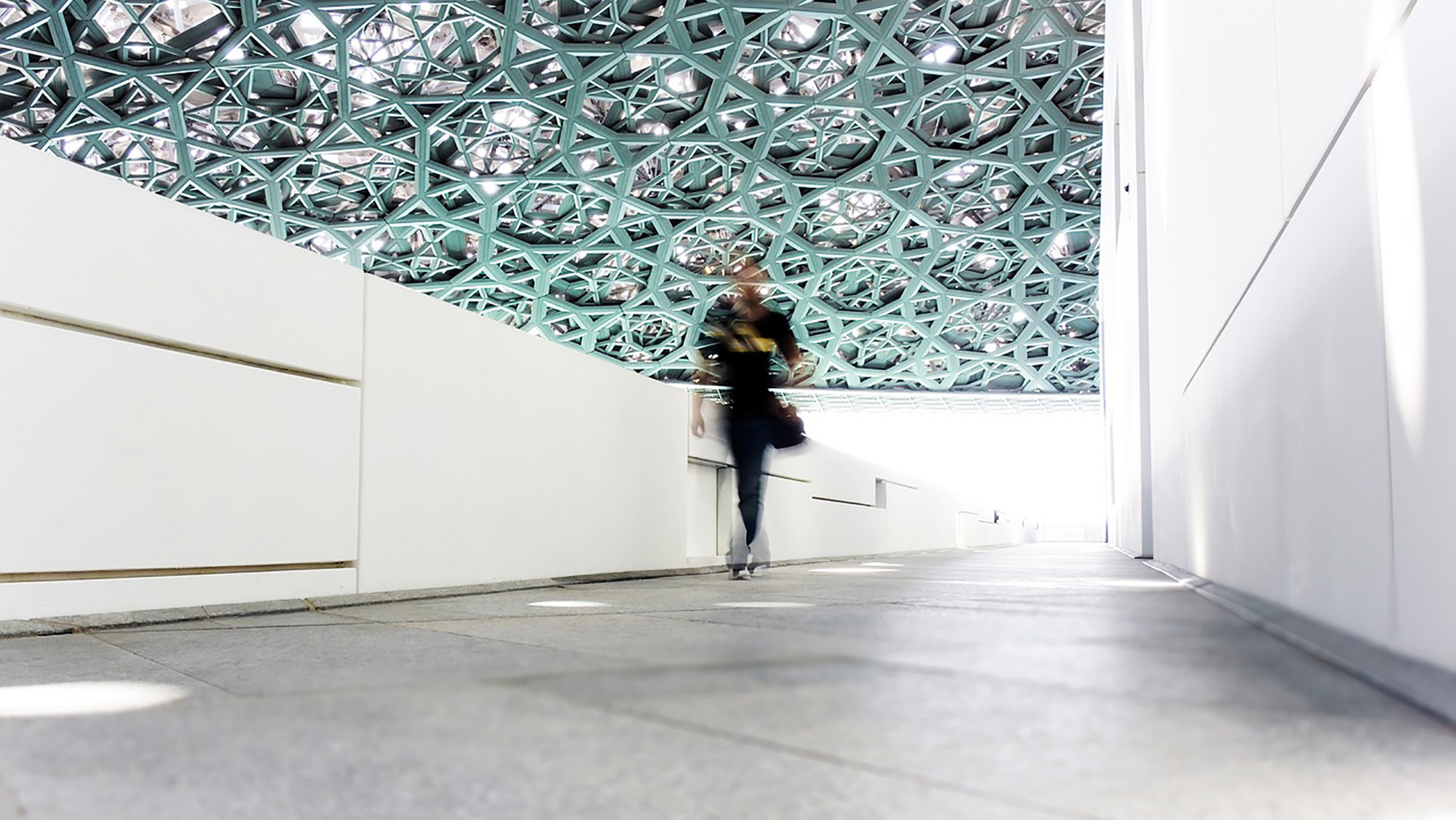From November 16 to 18, more than 60 museum experts from all over the world came together for “Reframing Museums”, a virtual symposium co-presented by the Louvre Abu Dhabi and NYU Abu Dhabi. As COVID-19 has locked the globe down, museums everywhere have been actively strategizing to meet the challenges faced by prolonged closures, notably by utilizing technology as a means to stay connected to audiences.
As practitioners from museums like the Metropolitan Museum of Art in New York, the Musée de Louvre in Paris, the State Hermitage Museum in St Petersburg, among many others, gathered for the event, the most critical issue on everyone’s minds was what a post-pandemic future might hold for cultural institutions. To that end, the symposium explored areas such as digital strategies to help museums remain relevant, and innovations to evolve their exhibitions and operations.
Read on for Jing Culture & Commerce’s key takeaways from one of the roundtables, “Modeling the Future: New Business Models for Museums.”
The Road to Recovery
Museums across the globe have been hit hard by the pandemic — whether it be through the cancellation of exhibitions, loss of visitors, or significant reduction in funding. Accordingly, the most pressing topic discussed by panelists was the financial states of museums and how their recovery would work.
This recovery will vary by territory, as some countries, like France, subsidize their cultural institutions. The Louvre, for example, is losing 10 million euros a month, though the state will underwrite the loss and the museum has not had to furlough any of its staff members.
New York’s Metropolitan Museum of Art, which isn’t subsidized, is estimated to lose $150 million over the next two years, but it will be able to recover due to its large endowment funds. However, many museums don’t have this luxury. For those that depend on private and corporate philanthropy, it will be difficult to fully recover.
Strategies for musuems’ financial recovery were also discussed by panelists. Max Hollein, director of the Met, pointed out how museums should refocus their strategies “to amplify the role that [they] play locally and internationally as a provider of services, experiences, and education,” in order to bring in more philanthropic funding.
Peter Keller, director-general of the International Council of Museums underscored the importance of online models, noting that museums should shift from “blockbuster collections to hybrid experiences which can help the public” access them even during a lockdown. This was backed up by His Excellency, Saood Al Hosani, the acting undersecretary of Abu Dhabi’s Department of Culture and Tourism. Despite the challenge of such a digital transformation, he emphasized the importance of a “hybrid business model that will enable the development of a sustainable cultural scene.”
Key Quote
“The focus on the visitor as the main source of income is a very dangerous one […] It’s much more important that you as an institution are much more connected to your local audience and amplify the role that you play locally and internationally as a provider of services, experiences, and education.” — Max Hollein, Director of the Metropolitan Museum of Art
Unearthing New Revenue Streams
“The three pillars — events, sponsorship, and ticketing — are not enough,” said Frédéric Jousset, a patron of the Louvre and founder of Art Explora. He further suggested some ways and strategies that museums could increase their income, firstly by embracing technology to invent new streams of revenue.
Cultural institutions should build on their brand names via advertising, he said, while “selling” their expertise in the form of a consulting services. According to him, it is estimated that “over 5,000 new museums will open in the next decade, and they will need the expertise of the museums that have been there since the 18th century.”
Additionally, in a post-pandemic future, museums should get more comfortable with monetizing or charging for the loans of artworks. In particular, Jousset noted how a loan of artwork from the Louvre in Paris to the Louvre Abu Dhabi came with a fee that enabled the Louvre to build its first endowment fund. Worth 130 million euros, it gave the museum a financial buffer to better weather the impact of the pandemic.
Key Quote
“There’s not much to optimize costs in a museum; everything is pretty much fixed. So the challenge will be to invent new streams of revenues.” — Frédéric Jousset, Louvre patron and founder of Art Explora



